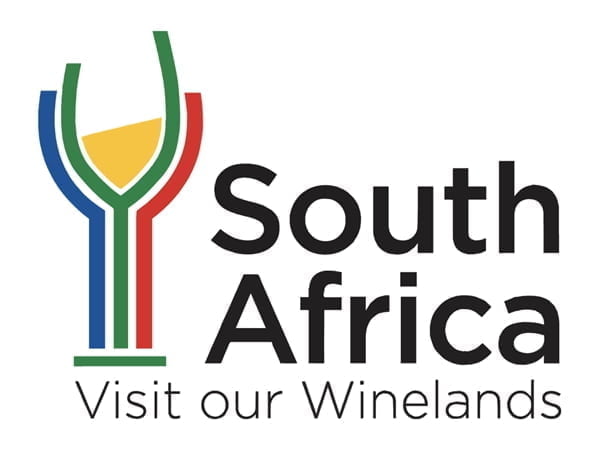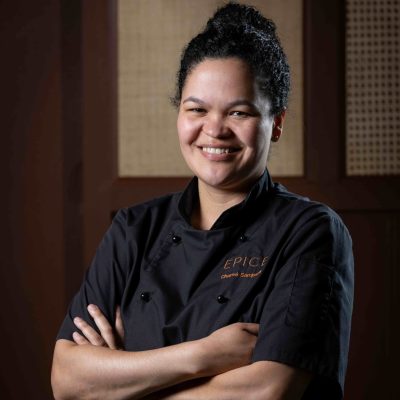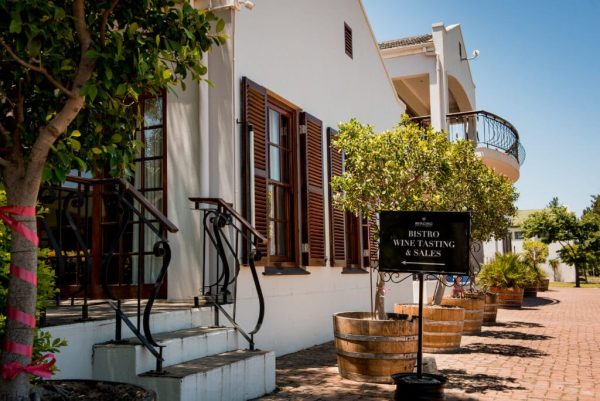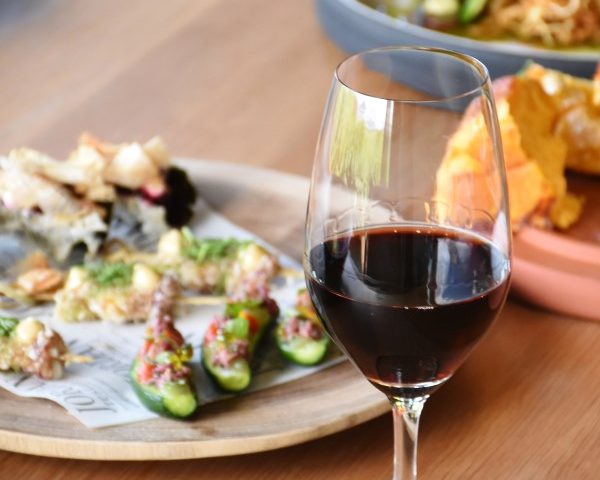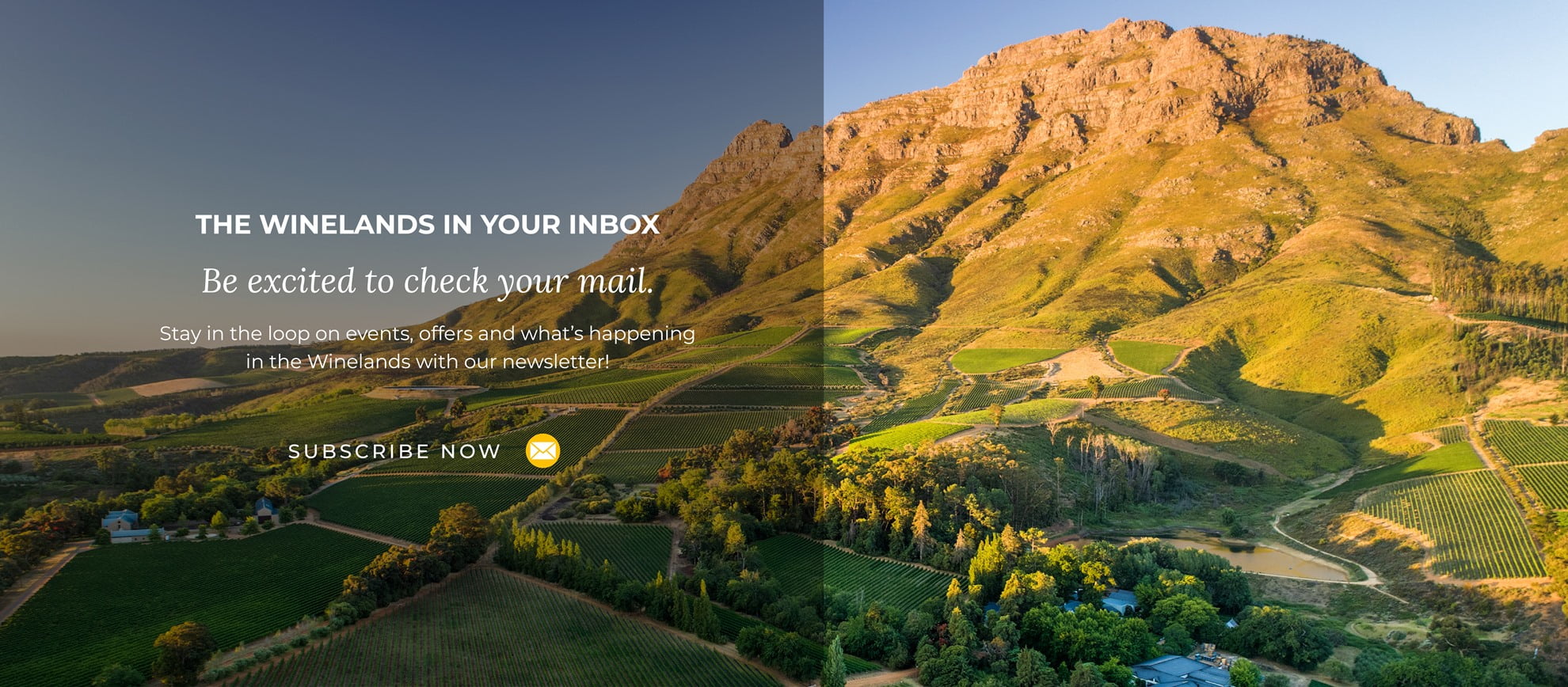Several prominent events are about to put South African Chenin Blanc back in the spotlight. Clifford Roberts gives a brief rundown of the excitement driving the variety.
If there’s a Ground Zero for South African wine, it must be chenin blanc. Few varieties have tracked our history from the start, become as ubiquitous and emerged as a shining light.
The significance of looking at it now? June 17 is #DrinkChenin Day.

Chenin Blanc is one of the oldest wine grapes in South Africa, having been planted by early settlers. It is also the most widely used, from world-champion brandy to Champagne-style MCC; straw wine to maturable whites. But it is also a variety at the cutting edge, the focus of study and innovation and increasingly at the top-end of winery investment.
It wasn’t always so, but a renaissance that began some two decades ago has certainly fuelled its gain in prestige. This cultivar is often referred to as a “workhorse”: it thrives in the South African climate and quickly became an anchor variety for volume production, but various fundamental changes in the industry allowed the quality of its expression to take a step up.
“It’s very simple,” declares Kobus Basson, whose Kleine Zalze estate consistently excels with Chenin. Co-operatives have always required grapes harvested within very narrow parameters. Their dominance for many years however, limited innovation. Few farmers would venture beyond restrictions for fear of losing their livelihood. The transformation of the industry by the late 1990s however saw a rise in independent producers who were prepared to take risks and experiment.
Another Stellenbosch farmer Ken Forrester was one of those pioneers who remains one of its most vocal champions. To Ken, who played a central role in founding the Chenin Blanc Association and has been a leading light as the producer organisation’s long-time chairperson, the best illustration of the variety’s rise is “the fact that the new generation of young winemakers now take it for granted that they should have a serious chenin in their portfolio.”
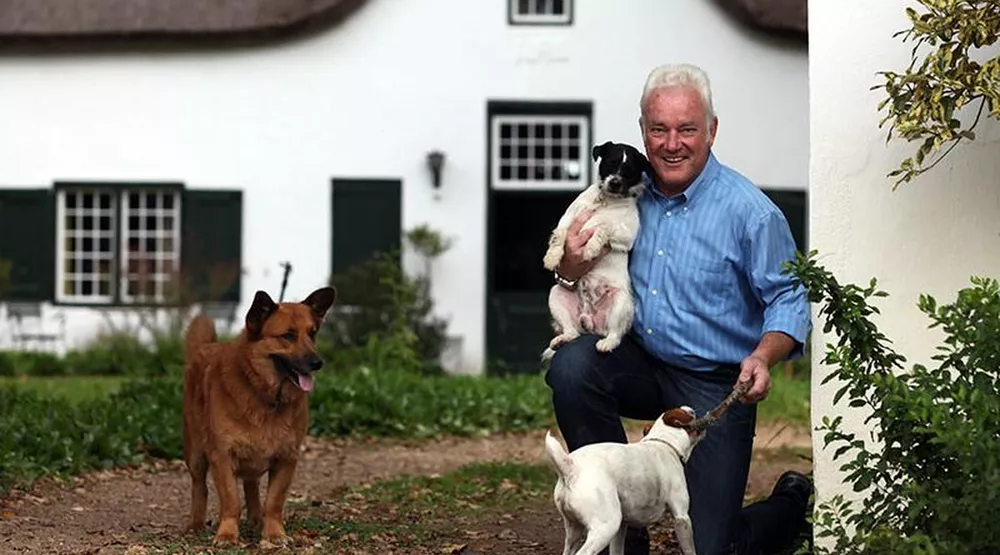
Crucially, Chenin Blanc has largely attained a South African identity as Malbec is to Argentina and Sauvignon Blanc to New Zealand.
While Chenin Blanc overseas remains a complex and competitive arena, at home it “is now almost defined as South African and vice versa,” Ken says.
Kobus’ experience at a three-hour tasting with 25 top wine journalists in the UK, one of South Africa and the world’s biggest markets, reaffirmed this as the state of play. The feedback was that Chenin Blanc along with Cabernet Sauvignon are the varieties by which we show our mettle. “They are our primary tools,” he believes.
This aspect coupled with the international experience that is increasingly informing the palates and skills of our winemakers excites him about the future of South African wine.
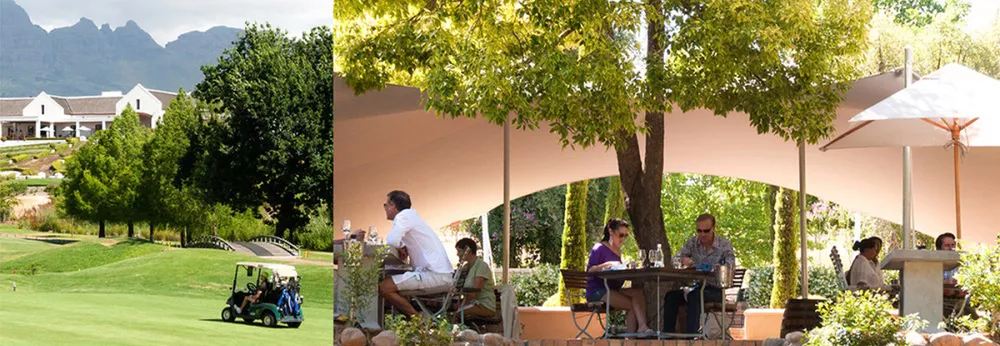
Ironically, an important part of this future is the variety’s past that is fuelling part of the excitement.
A brief recap for context: Chenin Blanc originated centuries ago in France and is named after a mountain in the Loire Valley. It arrived in South Africa as a vine that became known as “steen”, only to be identified in 1963 as the Loire cultivar.
By then however, it had taken hold as a variety that loved South Africa’s climate. “Steen first came to prominence in the first half of the twentieth century as a base for South African brandy,” notes the Chenin Blanc Association. “In the 1960s, Lieberstein, a semi-sweet blend of Steen and Clairette Blanche, enjoyed phenomenal success.
“It was, for a while, the world’s bestselling single brand of wine. At a different level, but just as spectacular, Nederburg Edelkeur, a Chenin Blanc noble late harvest, provided ample evidence of the quality that Chenin Blanc can deliver.”
For a large part of its history however, Chenin was relegated only to high volume production, as was the requirement of the time for almost all vineyards. And consistently high-yield vineyards required consistent replacement.
For many looking back, there’s a tragic edge to that story. Vines can become centuries old; the fruit they produce, a reflection of history. So, a re-discovery of vines that survived the churn of the production cycle may play out to be a real advantage.
The re-birth of South Africa’s “old vines” is a story on its own, but it is tied to Chenin because the variety makes up the largest portion of vines classified as such by independent wine organisation, the Old Vine Project.
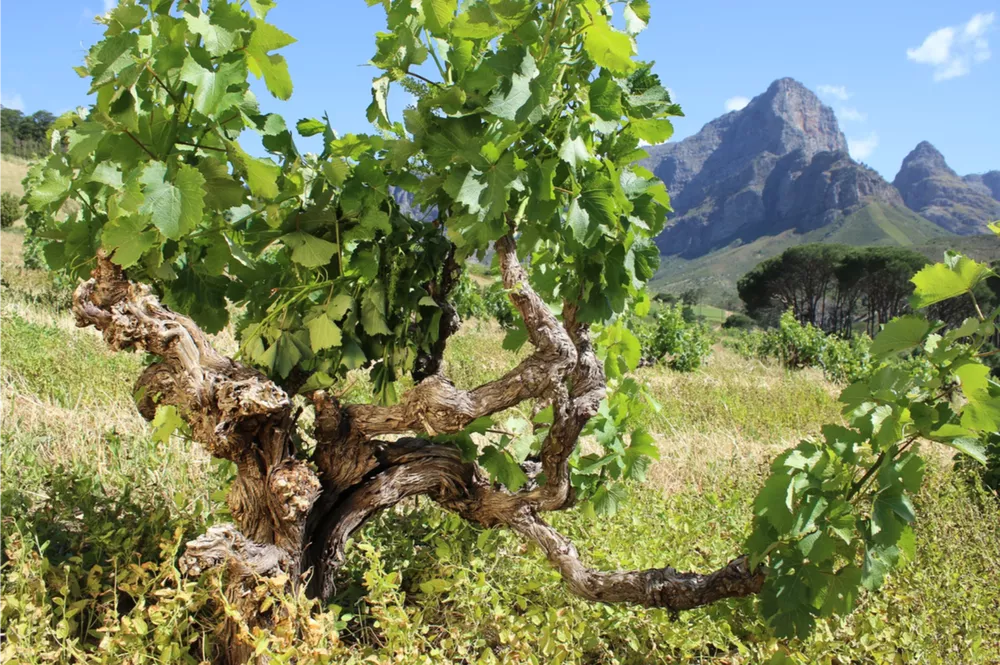
Old vines are another of those tools that have not only put South African Chenin Blanc on the map, but the industry in general. Yes, the rest of the world has many more vines that are older than those found locally. This however, from the OVP itself: “In all the winelands of the world, old vines get proudly mentioned on labels, in many languages. Such is the value everywhere accorded to old vineyards and the wines they produce. But only in one country, South Africa, is it possible for that claim to be certified by the regulatory authority.”
It was in 2018 that the Certified Heritage Vineyards seal was launched, allowing members of the Old Vine Project (OVP) to attach it to bottles of wine made from vineyards of 35 years or older, together with the planting date.
In South Africa, the majority of Chenin Blanc vineyards is older than 20 years with the oldest as far as can be ascertained still growing in Stellenbosch.
The extremes in which the variety has thrived are an indication of its character.
I asked OVP project manager André Morgenthal about the most extreme places he’s come across Chenin vineyards: “This would definitely be Skurfberg.”
“There are three farms in this remote region, between Clanwilliam and Lambertsbaai, on a plateau about 600m above sea level. The custodians of these old vines are Henk Laing, Basie van Lille and Joshua Visser and they are mentioned on the wines that form part of the Cape of Good Hope Range, made by Antonij Rupert Wyne.
“Conditions are severe, the soils are poor and temperatures differences big. Eben Sadie’s Chenin, called Skurfberg, is also from this area,” says André, adding that the other site Eben sources grapes from is a field blend called ‘T Voetpad, a blend of Chenin Blanc, Semillon, Palomino, Malvasia Rei and Hanepoot.”
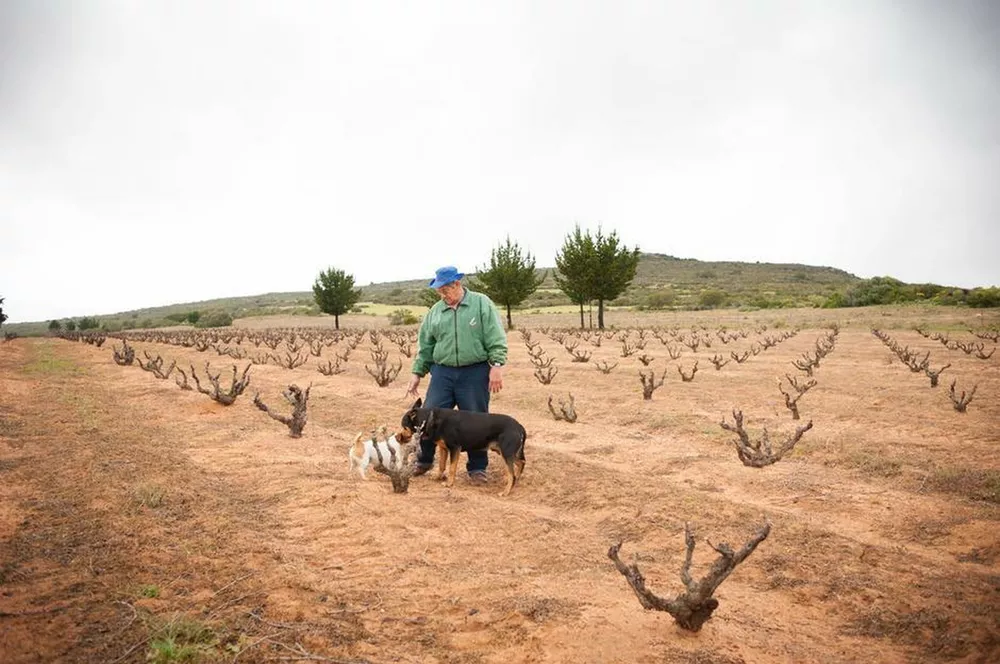
Furthermore, I wanted to know if there are many champions of Chenin, but some are in the public eye more often than others. Who is often overlooked as a champion of the variety?
“When we launched the OVP, the obvious rock stars were the first members, winemakers famous for some or our best wines, most often Chenin or Chenin-driven blends, inspired by Mediterranean white blends,” says André.
“Soon enough relatively unknown, ‘under the radar’ winemakers and brands emerged as the OVP gained momentum.”
In 2017 UK wine journalist Tim Atkin asked the OVP to line up Chenins he may not have tasted for his annual report on South African wine. One was Metzer Family Wines. “Wade Metzer makes two Chenins from two distinctively different sites: one on the Helderberg and one closer to the False Bay, in the Faure area.
“Metzer shot to fame overnight when Atkin scored the wines high 90’s,” he says.
“Joostenberg has been producing Chenin Blanc for decades and one particular block was not one of Tyrrel [Myburgh]’s favourites. But recently, as the vineyard turned its third decade, he noticed a difference in the quality of juice was annually (automatically) destined for the co-op. He started to make a single bottling for their restaurant and the wine was very popular. When the block turned 35, Joostenberg joined OVP and called the wine Die Agteros (kom ook in die kraal – as the saying goes).
Andre also highlights Bellingham. They were apparently among the first to recognize the value of old vine Chenin. “Their Old Vine Chenin is often overlooked,” he says. “They started ‘buying’ old vine parcels in the Voor Perdeberg and neighbouring areas some 10 years ago.
“And talking about bigger producers, a number of producer cellars (co-ops) have seen the value of the older blocks within their systems and are either releasing some grapes to independent winemakers/brand owners or producing their own Chenin on a premium level. Examples are Koelenhof, Perdeberg, Windmeul, Piekenierskloof Wine Company, Klawer and Daschbosch.”
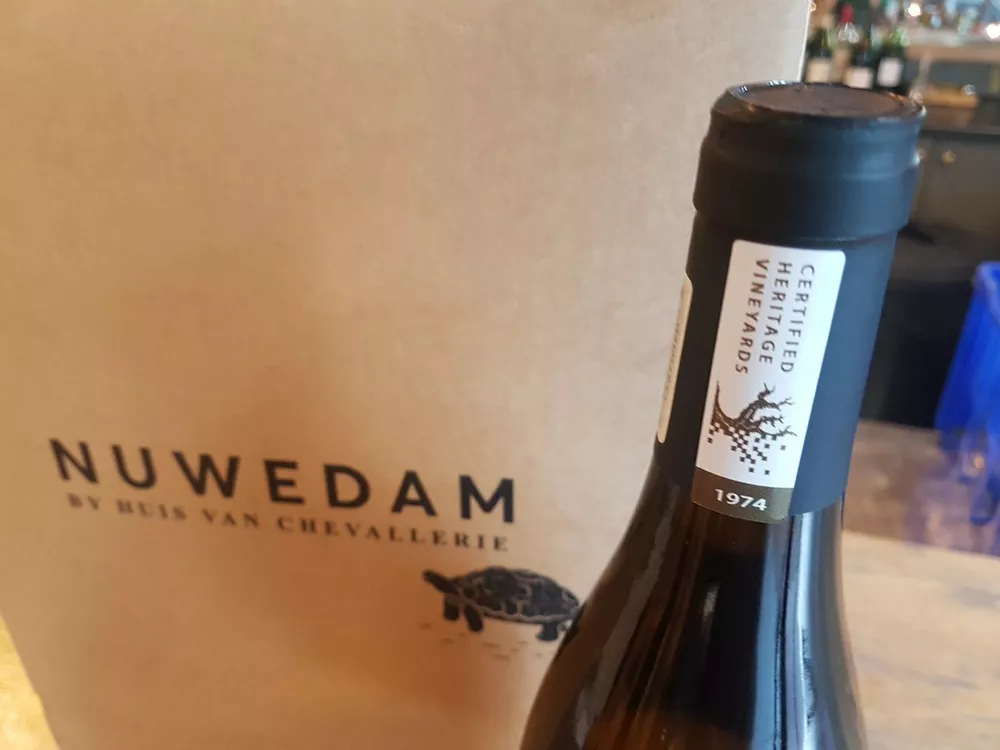
And then André writes: “The excitement around Chenin, especially old vine Chenin, has reached a point where even brand owners with no old vine Chenin on their farms, are securing Chenin grapes to add an old vine Chenin to their portfolios, e.g. Waterford and Creation.”
The industry is replete with champions of old vines who are excited about the diversity it contributes to the spectrum of South African wine. There are even more champions for Chenin in general – names like Perdeberg, Simonsig, Villiera, Fram, Alheit Vineyards, Ian Naudé and less prominent ones like Virginia “Ginny” Povall at Botanica. These days, a full list and their contributions would cover volumes.
Further excitement around the variety continues to be generated by for example a “first ever” study by the University of Stellenbosch’s Institute of Wine Biotechnology in 2018 that narrowed down sensory descriptors through data mining and machine learning techniques; the emergence of wines that grip public attention like Revenge of the Crayfish Chenin Blanc, made by Sakkie Mouton.
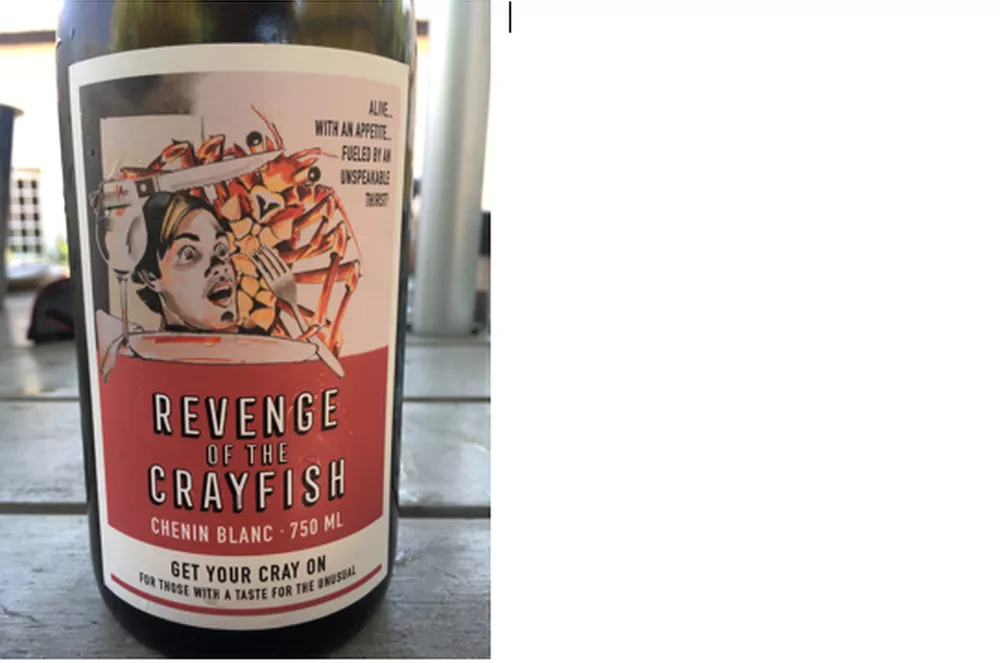
“As if having some of the greatest Chenin Blanc in the world was not enough, South Africa now has a nuanced offering of not only old vine Chenin Blanc from rock star producers, but it has the unique selling proposition of incredible Chenin Blanc based white blends that have moved the market in a way that no other wine producing nation globally can compete with…” UK-based Master of Wine Greg Sherwood
Writing for Winemag.co.za, Greg continued: “The consumer love affair now has the spice, energy and excitement of a 16-year-old on his first date with his girlfriend. More importantly, the demand for South Africa’s best Chenin Blancs is now being driven primarily by on-premise restaurant buyers as well as off-trade connoisseurs and collectors, not by transient fair-weather high-street consumers. The demand is real, tangible and primed to be long lasting.”
Chenin Blanc by numbers (SAWIS, 2020)
Chenin Blanc occupies just under 17 200ha or 18,6% of the total wine grape area in South Africa. It is concentrated in the Breedekloof (2 832ha), Olifants River (2 802ha), Paarl (2 763ha) and Swartland (2 509ha), which together comprise 63%.
Editor’s Note: This post was originally published in June 2019, was updated in 2020, and again this year for accuracy and comprehensiveness.

